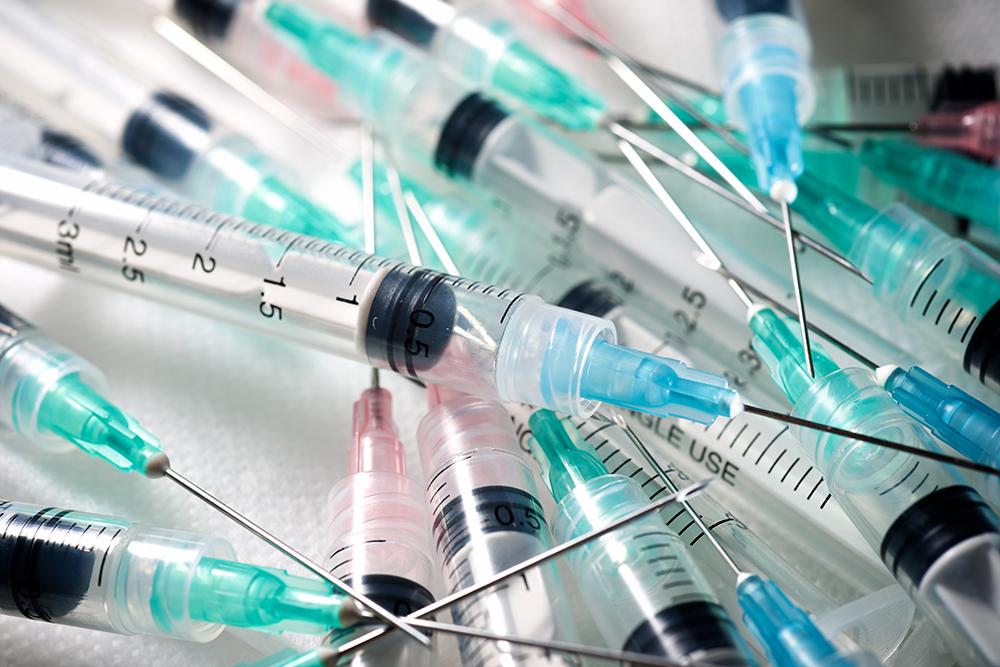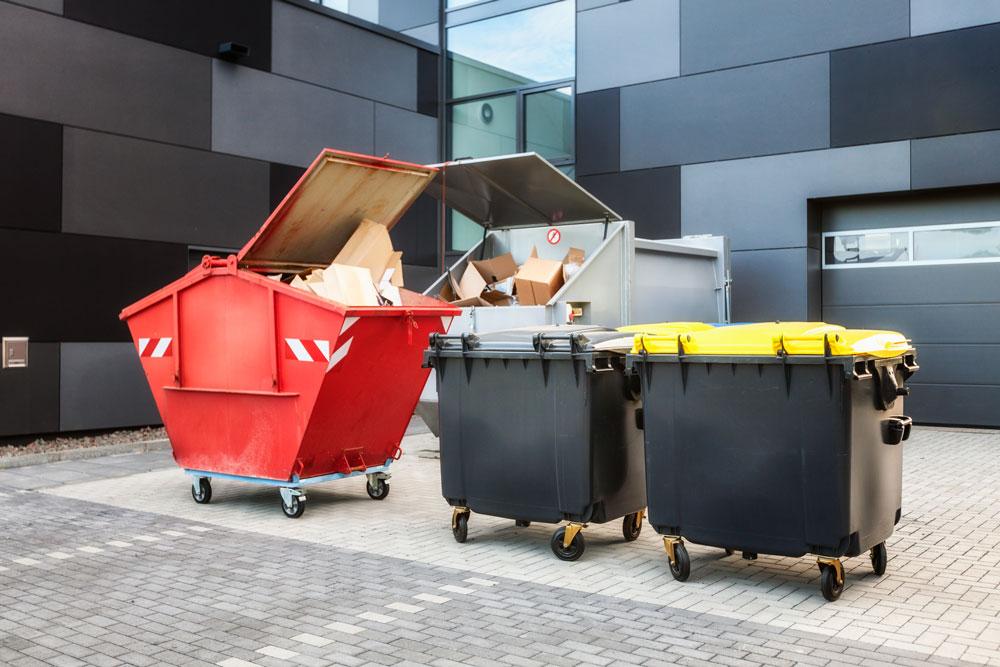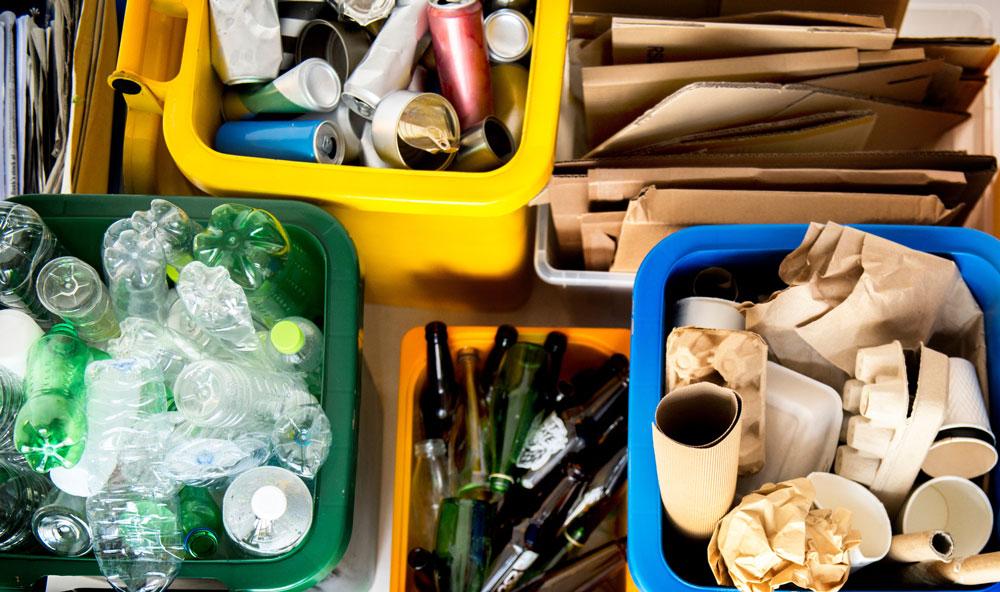The use of and therefore waste generated from small medical equipment, particularly that which is single use, can pose problems environmentally and economically. While each individual case may not seem that consequential, the collective impact is significant
Small medical equipment includes equipment that monitors blood pressure, glucose, gluten, sleep and pulse rates and items such as inhalers, defibrillators, oxygen machines, smart thermometers, infusion pumps, intraoral cameras, electrical thermal pads and other pain relief devices, small surgical tools, insulin pens, catheters and more.
Environment
Small medical equipment can contain materials that are difficult to recycle including plastics, batteries and other electronic components. If not disposed of appropriately, these materials pose a problem to the environment.
The manufacturing of single-use small medical equipment also poses the risk of depleting resources including metals, plastics and energy.
With the health service’s aim of net zero and sustainability, single-use medical equipment is at odds with this.
Cost
The monetary cost can also be significant with single-use medical equipment and can drive up healthcare expenses and increase the financial strain on the health service.
Health risks
The improper disposal of small medical equipment waste can also pose health risks to handlers and the general public. This is particularly the case with needles and sharps. However, there is also the risk presented by the accumulation of medical waste in landfills which can be a hotspot for disease.
While these problems do exist, there are ways to combat them and reduce the impact of small medical equipment waste.
Solutions
This first is designing for reuse and encouraging the development and use of devices that can be sterilised and reused multiple times without compromising patient safety. While these devices may have a higher upfront cost, they can reduce long-term waste and expenses.
Another option is to switch to sustainable materials in the manufacture of medical devices. Biodegradable or easily recyclable materials can significantly reduce the environmental impact of these devices.
It is important that recycling programmes exist and are effective inside healthcare facilities. These need to include plastics, metals, batteries and sharps.
When single-use devices are necessary, advocate for efficiency. Design packaging that minimises material waste, and optimise inventory management to reduce overordering and excess waste.
It is also important to educate and train staff in proper waste segregation and disposal practices, as this reduces the likelihood of hazardous medical waste contaminating regular waste streams.
Engage with medical device manufacturers to encourage sustainable design practices and support eco-friendly initiatives.
Circular economy
The EPSRC-funded CirculaR economy of small Medical devices (ReMed) project is led by the Centre for Sustainable Manufacturing and Recycling Technologies (SMART) at Loughborough University. It brings together experts from Loughborough’s Business School, School of Design and Creative Arts and Wolfson School of Mechanical, Electrical and Manufacturing Engineering and colleagues from Leeds.
The participants are working together to identify the challenges and barriers to the circular use of medical devices and also developing potential sustainable solutions.
At the moment, the recovery, reuse and recycling of small medical devices is limited – and there are many reasons why.
Principally, there is the fear of cross contamination and infection. Many items are designed as single use to reduce infection risks.
However, as well as this, if recycling and reprocessing is possible, either this information is not available or the systems are not in place to facilitate it.
The researchers at ReMed have reported that reprocessing small medical equipment could deliver potential savings of around 50 per cent, significantly reducing NHS costs.
The project is exploring different possibilities to drive the move to the circular use of resources and materials. These options include novel design and material specifications along with safe and sustainable reprocessing technologies.




